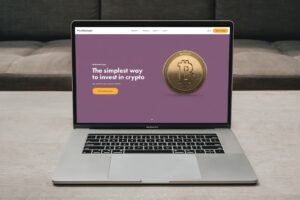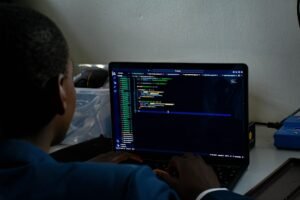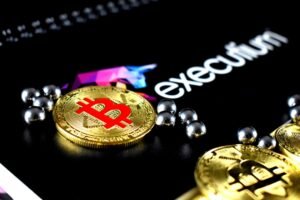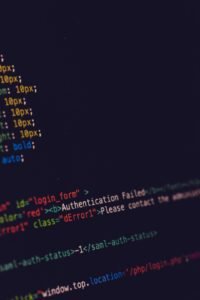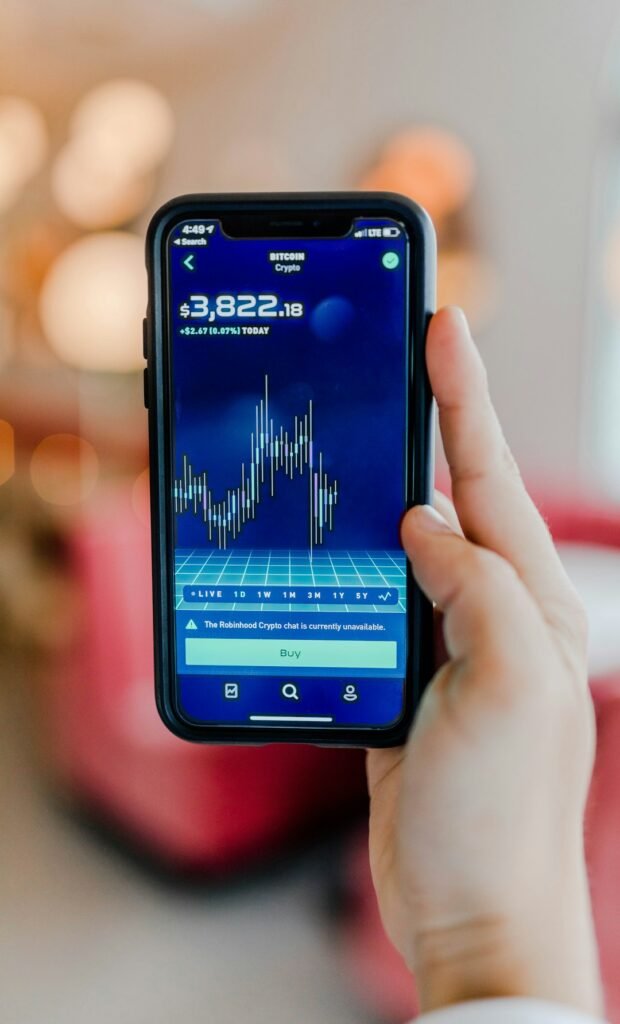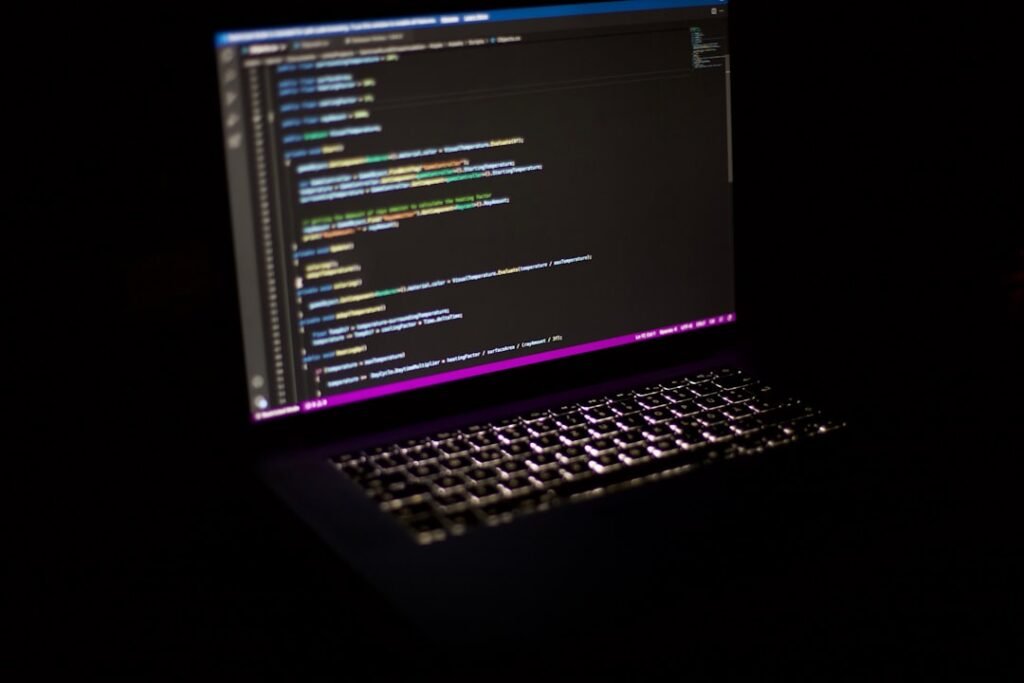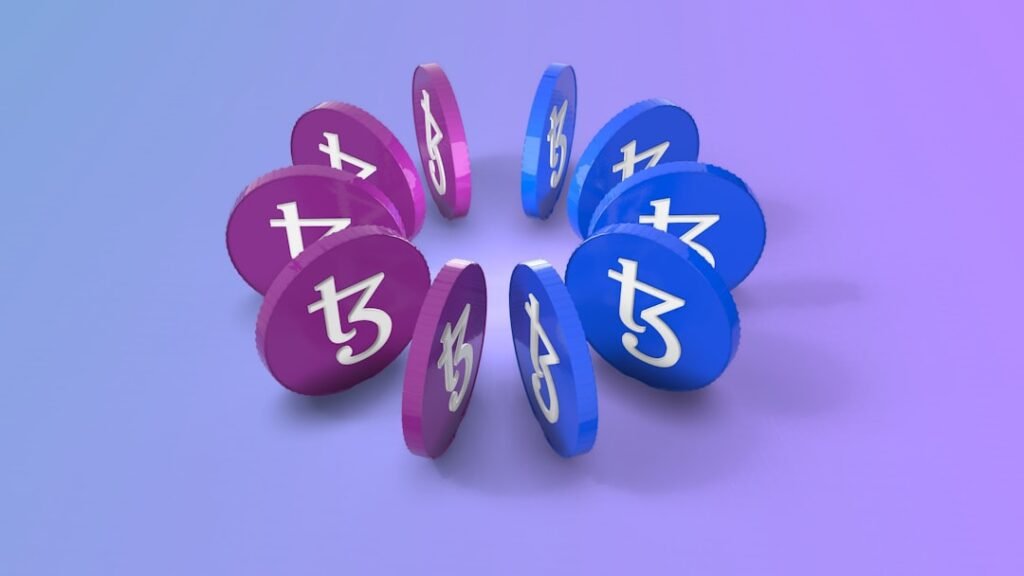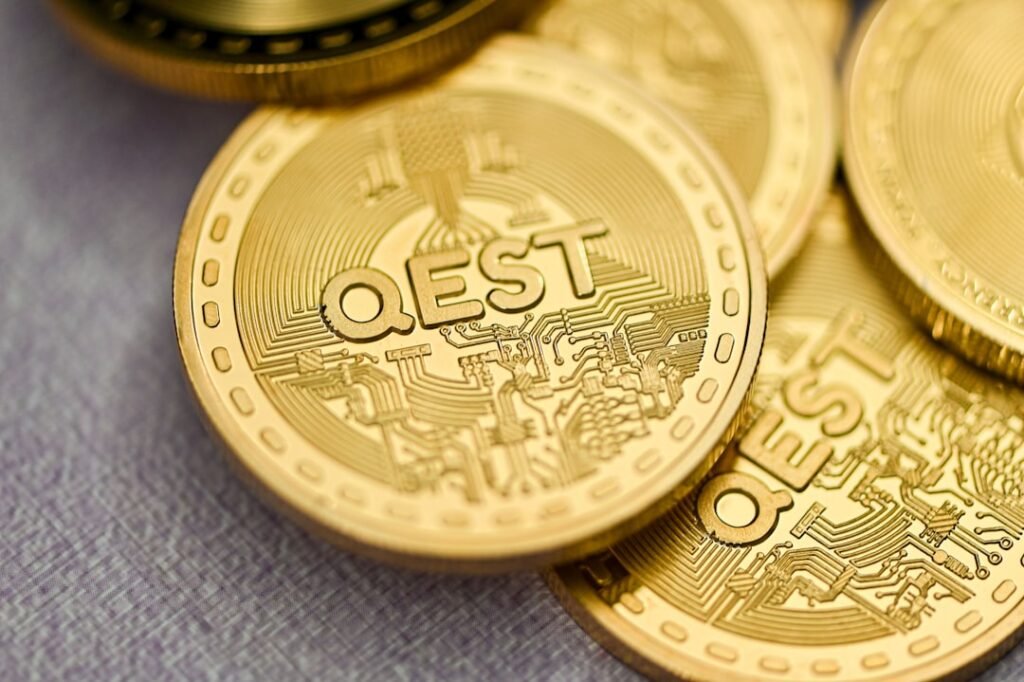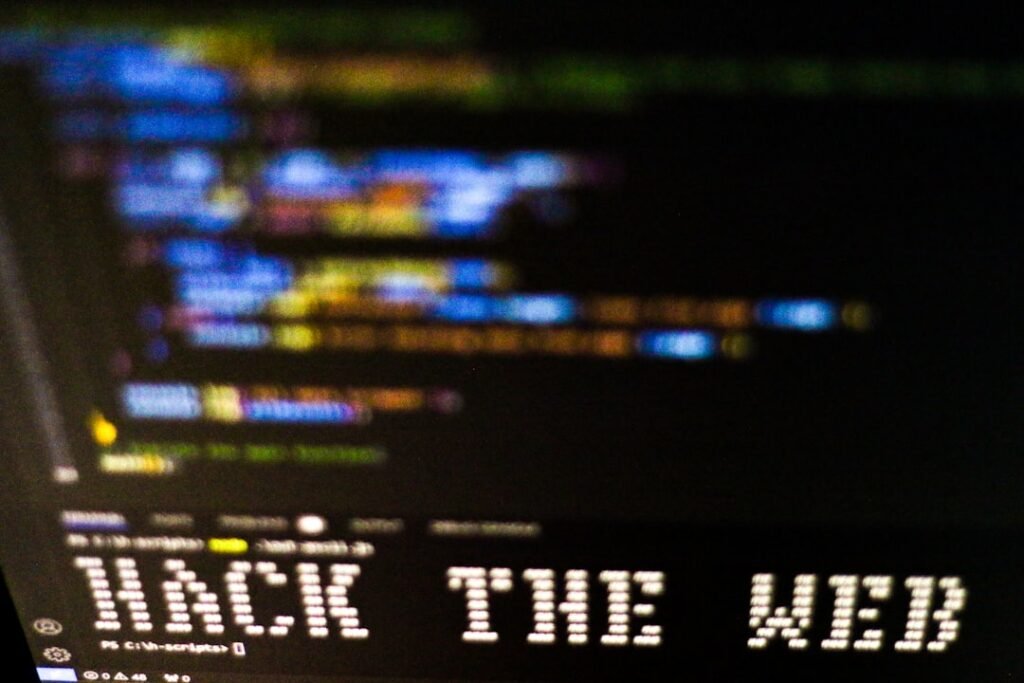Governance Tokens: Your Key to Shaping the Future of Decentralized Projects
What Are Governance Tokens?
Governance tokens represent a revolutionary innovation in blockchain ecosystems. These specialized cryptocurrencies grant holders voting rights to participate in the decision-making processes of decentralized protocols. Unlike traditional cryptocurrencies primarily used for transactions or value storage, governance tokens empower communities to collectively steer project development.
Every governance token held typically equates to one vote on upcoming proposals, though alternative methodologies like quadratic voting exist. Token holders exercise their power to accept or reject changes to decentralized applications (dApps) or blockchain protocols during scheduled voting periods. Beyond voting, many dApps allow token holders to create initiatives and submit them for community consideration.
The Mechanics Behind Governance Tokens
Governance tokens operate through smart contracts on blockchain networks. When a DeFi project launches governance tokens, it establishes a unique token issuance policy detailed in project documentation. Typically, protocols allocate portions of governance tokens as reward incentives for community contributions. Users who provide liquidity to a dApp's pools frequently receive these tokens as compensation.
The voting process occurs through dedicated governance portals:
- Users connect their cryptocurrency wallets
- Select active proposals for consideration
- Allocate tokens to support or oppose initiatives
- Submit votes through the platform's interface
The voting weight corresponds directly to the number of tokens committed to a proposal's smart contract. This system creates a direct correlation between stake in the project and influence over its trajectory.
Core Functions in Blockchain Ecosystems
Governance tokens fulfill several critical functions in decentralized networks:
Decision-Making Authority
Token holders vote on diverse proposals including:
- Treasury fund allocation strategies
- User interface/experience upgrades
- Adjustment of compensation rates on lending platforms
- Modification of rewards for liquidity providers
- Addition of new collateral assets
- Protocol parameter adjustments
Protocol Evolution
Holders participate in critical upgrades like:
- Smart contract improvements
- Security enhancements
- Feature implementations
- Cross-chain integrations
Resource Management
Communities collectively decide on:
- Treasury fund deployment
- Grant program allocations
- Partnership approvals
- Marketing budget distribution
Governance vs. Utility Tokens
While governance tokens share characteristics with utility tokens, their defining distinction is voting power. Key differences include:
- Governance tokens always include voting capabilities
- Utility tokens focus on platform functionality (access, payments, staking)
- All governance tokens function as utility tokens, but not vice versa
- Governance tokens derive value from decision-making rights rather than pure monetary utility
Real-World Implementations
Several prominent projects demonstrate governance tokens in action:
MakerDAO (MKR)
MKR holders govern the DAI stablecoin ecosystem. They vote on critical parameters including:
- Collateralization ratios
- Stability fee adjustments
- Addition of new collateral types
- Emergency protocol changes
Notably, MKR tokens face burning during protocol failures, aligning holder incentives with system health.
Uniswap (UNI)
UNI token holders have exercised their power to:
- Approve a $20 million grants program
- Implement fee mechanism changes
- Determine liquidity pool incentives
- Vote on treasury fund allocations
Compound (COMP)
This lending platform distributes COMP tokens based on user activity. Key features include:
- Voting rights proportional to tokens held
- Delegation capability to trusted representatives
- Complete transition to token holder governance since 2020
Aave (AAVE)
Beyond voting rights, AAVE offers:
- Staking rewards for long-term holders
- Governance participation in protocol upgrades
- Voting on security module parameters
Advantages of Decentralized Governance
Governance tokens introduce transformative benefits to blockchain ecosystems:
Community Empowerment
Distributes decision-making authority from centralized teams to token holders, creating authentic community ownership.
Transparent Operations
All governance actions record immutably on-chain, enabling public verification of every decision.
Adaptive Development
Enables rapid response to market changes through community-driven proposals and voting.
Incentive Alignment
Links token value to protocol success, motivating holders to make beneficial long-term decisions.
Innovation Cultivation
Creates frameworks for proposing and funding experimental features that might not emerge from traditional development processes.
Challenges and Limitations
Despite their transformative potential, governance tokens face significant challenges:
Voter Apathy
Many protocols struggle with low participation rates, where critical decisions rest with small voter subsets. For example, major DeFi protocols often see less than 10% of eligible tokens participating in votes.
Power Concentration
Whale accounts holding substantial token quantities can disproportionately influence outcomes. Some projects attempt to counter this through:
- Quadratic voting systems (cost of additional votes increases quadratically)
- Vote delegation mechanisms
- Time-locked voting weight enhancements
Speculative Disengagement
Many token holders prioritize trading profits over governance participation, treating tokens as investment vehicles rather than governance instruments.
Technical Barriers
Complex protocol decisions require specialized knowledge that average token holders may lack, potentially leading to suboptimal outcomes.
Slow Decision Cycles
Achieving consensus among distributed stakeholders often takes considerably longer than centralized decision-making.
Optimizing Governance Participation
Projects implement various strategies to enhance governance effectiveness:
Voting Incentives
Platforms like Curve implement "vote-locking" where users lock tokens for predetermined periods to amplify voting power.
Delegation Systems
Holders can delegate voting rights to subject matter experts, balancing participation with informed decision-making.
Education Initiatives
Projects increasingly provide educational resources to help token holders understand complex proposals.
Quadratic Voting
This emerging approach allows voters to express preference intensity by spending tokens on multiple votes, with costs increasing quadratically to prevent dominance by wealthy holders.
The Evolving Governance Landscape
Governance tokens continue to evolve through several key trends:
Hybrid Governance Models
Projects increasingly combine on-chain voting with off-chain discussion forums, balancing efficiency with comprehensive deliberation.
Cross-Chain Governance
As interoperability improves, governance systems are expanding to coordinate decisions across multiple blockchain networks.
Regulatory Adaptation
Projects navigate evolving regulatory landscapes by designing governance structures that maintain decentralization while addressing compliance requirements.
Advanced Voting Mechanisms
Innovations like conviction voting and holographic consensus create more nuanced decision-making frameworks.
Treasury Diversification
Governance communities increasingly vote to allocate treasury funds into diversified assets including stablecoins and real-world assets (RWAs).
Practical Participation Guide
Engaging effectively with governance tokens involves several key steps:
-
Acquisition
Obtain tokens through exchanges, liquidity provision, protocol usage, or participation rewards -
Research
Thoroughly examine:- Active proposals
- Voting mechanisms
- Historical decisions
- Project documentation
-
Wallet Preparation
Connect a Web3 wallet (like MetaMask) to the project's governance portal -
Proposal Analysis
Evaluate technical implications, economic impact, and alignment with protocol values -
Vote Execution
Allocate tokens to support or oppose initiatives within specified timeframes -
Delegation Consideration
For complex technical decisions, consider delegating to knowledgeable community members -
Continuous Engagement
Monitor protocol developments and participate in community discussions between votes
The Future of Decentralized Governance
Governance tokens represent more than technical innovations – they facilitate fundamental shifts in organizational structures. As these systems mature, we observe several emerging patterns:
- Increasingly sophisticated voting mechanisms that balance influence with equality
- Growing emphasis on voter education and proposal transparency
- Integration of zero-knowledge proofs for private voting
- Formalized processes for proposal lifecycle management
- Enhanced treasury management frameworks
- Cross-protocol governance coordination
These developments point toward more resilient, responsive, and legitimate decentralized governance. While challenges remain, governance tokens continue to transform how communities coordinate, allocate resources, and evolve digital ecosystems without centralized control points.
The true power of governance tokens lies in their capacity to transform users into stakeholders, consumers into architects, and communities into collective decision-makers. As blockchain technology progresses, governance tokens will likely play increasingly central roles in shaping the decentralized infrastructures of tomorrow.

